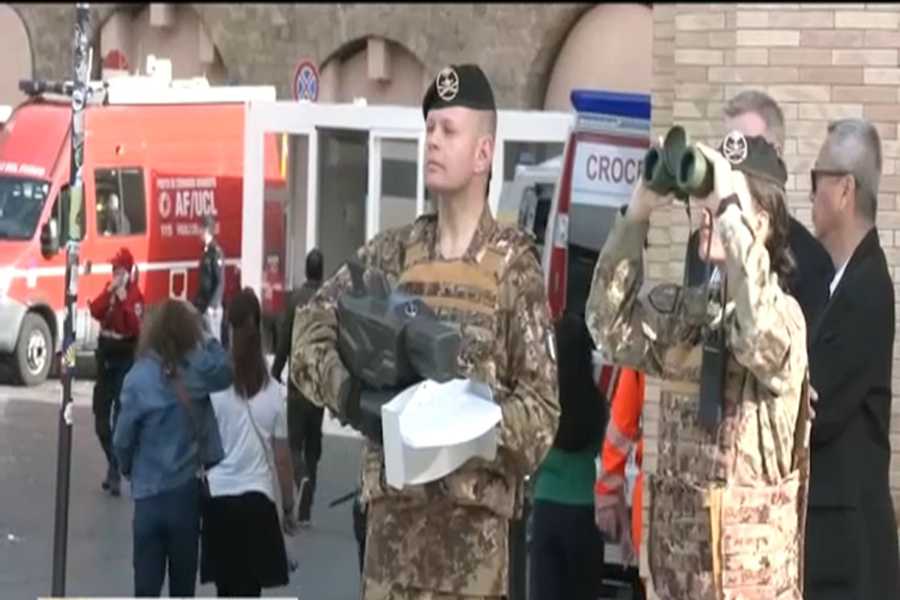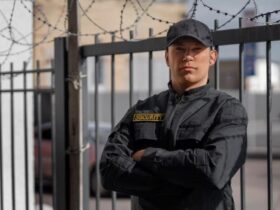Vatican City — As Vatican City braces for the funeral of Pope Francis, the spiritual and ceremonial importance of the event is matched by an extraordinary security effort. In the wake of the pope’s death, thousands of mourners have already gathered at St. Peter’s Square, with tens of thousands more expected to pass through the gates of the Holy See before the final farewell.
The pontiff’s coffin, now resting in state inside St. Peter’s Basilica, will remain on public view until the funeral on Saturday. In a time when the world is increasingly alert to unconventional threats, Vatican officials have raised security to a level rarely seen before, transforming a traditionally open and reverent ceremony into one of the most tightly controlled operations in recent memory.
Unlike past papal transitions that welcomed visitors with minimal barriers, today’s St. Peter’s Square is cordoned off with crowd-control fences, mandatory security checkpoints, and state-of-the-art metal detectors. Pilgrims and dignitaries alike are subject to extensive screening as part of a comprehensive risk mitigation strategy.
Among the most sophisticated elements of the security plan is a new counter-drone system. Law enforcement personnel are now equipped with specialized weapons that emit radio-jamming frequencies capable of disrupting drone signals. This technology can disable or force unauthorized drones to retreat—an essential capability in light of global concerns that drones could be weaponized. These new devices, partially developed in Southern California, represent a direct response to emerging threats in an age where unmanned aerial vehicles can carry surveillance gear or even explosives.
The increased focus on aerial security reflects broader anxieties shared by governments and institutions around the world. In fact, the possibility of drone-related attacks has already entered popular culture. In the fictional political thriller Conclave, the Vatican is depicted as the target of an explosive drone incident during the papal succession. Although fictional, the scenario illustrates how real such concerns have become—and why the Vatican is not leaving anything to chance.
For mourners, this means experiencing a more regulated and less spontaneous version of the traditional public farewell. Visitors are being asked to remain patient as they pass through checkpoints and navigate the new security landscape. Authorities insist that the trade-off is necessary to preserve both safety and the solemn dignity of the occasion.
The Vatican has not disclosed how long these measures will remain in place, but for now, security services remain on high alert. With the eyes of the world fixed on the Eternal City, officials are determined to honor Pope Francis with a ceremony that is not only reverent and inclusive, but also secure from modern-day threats.





Leave a Reply